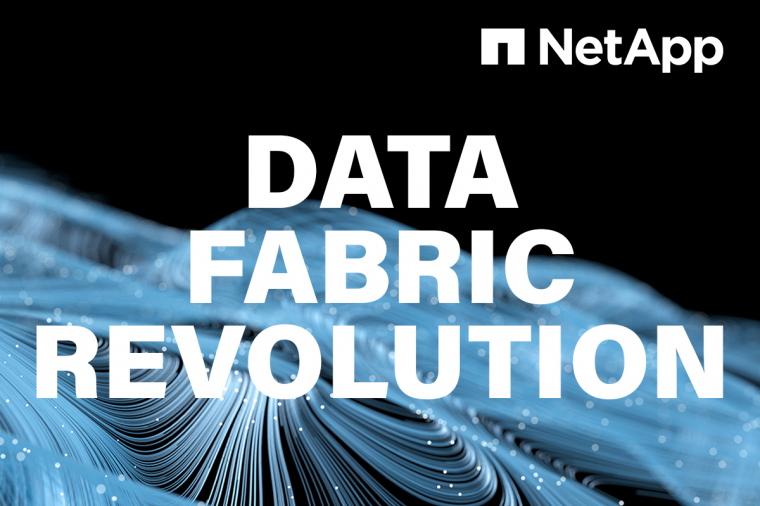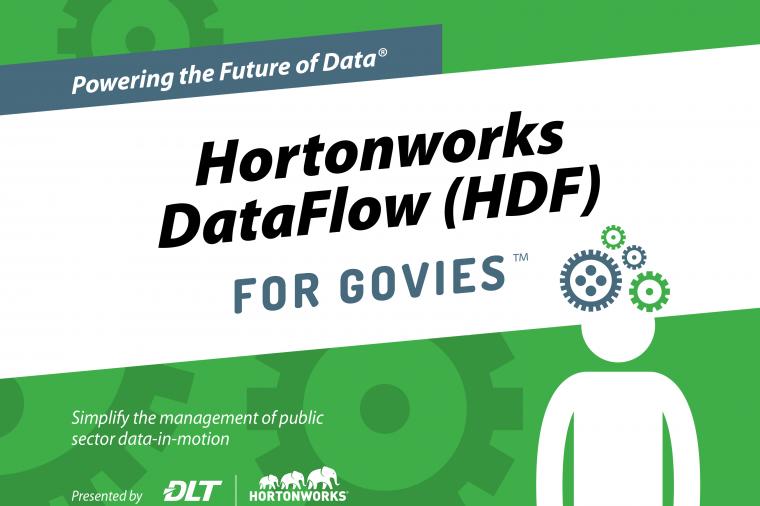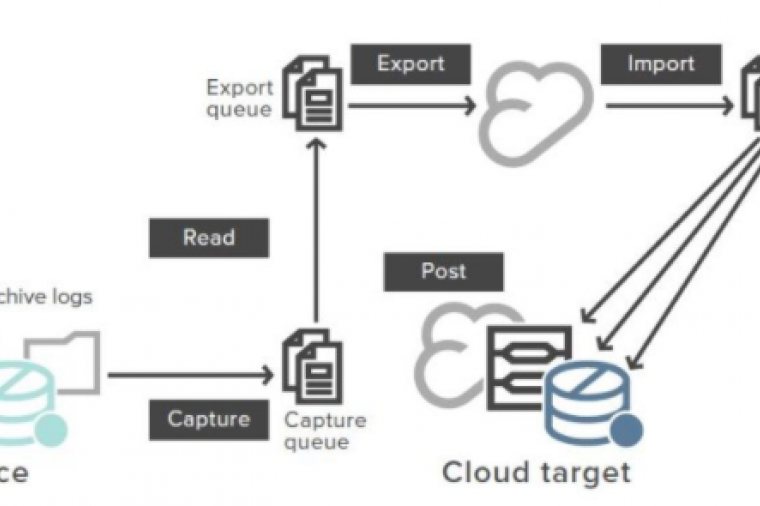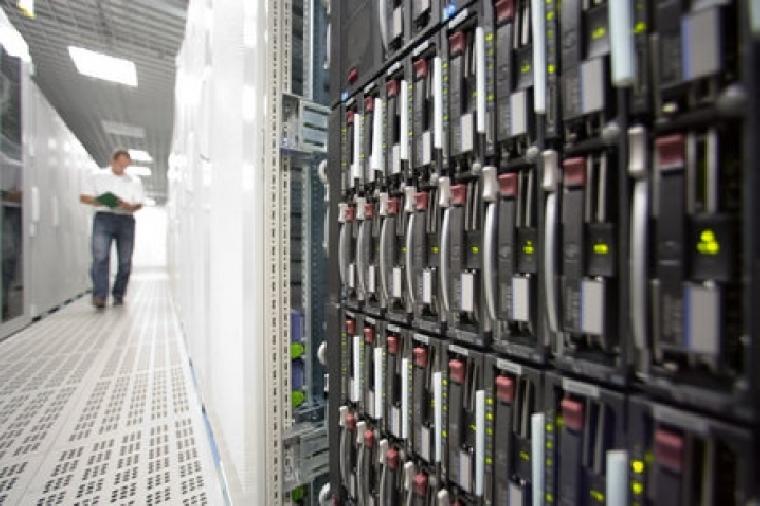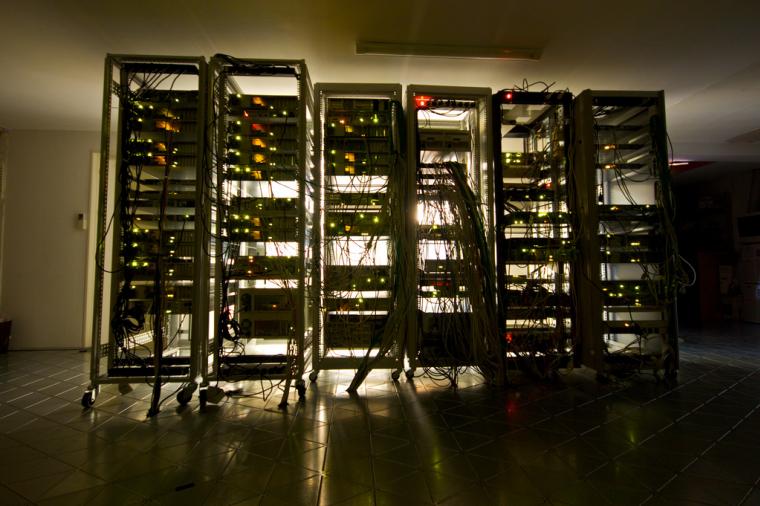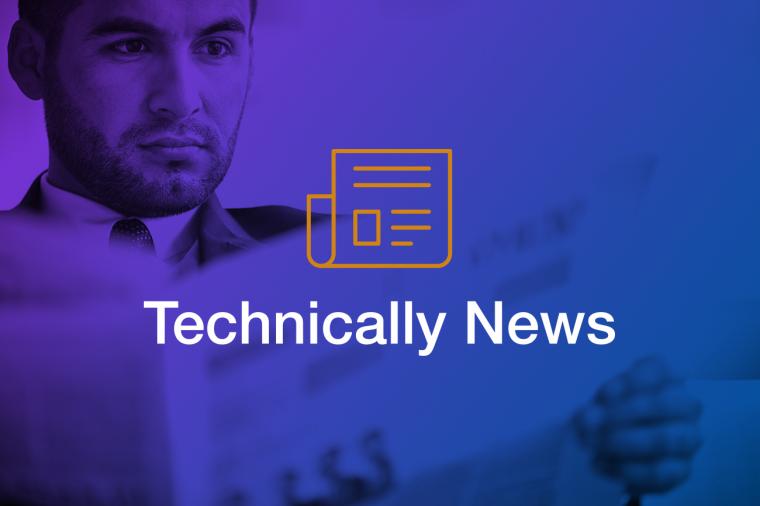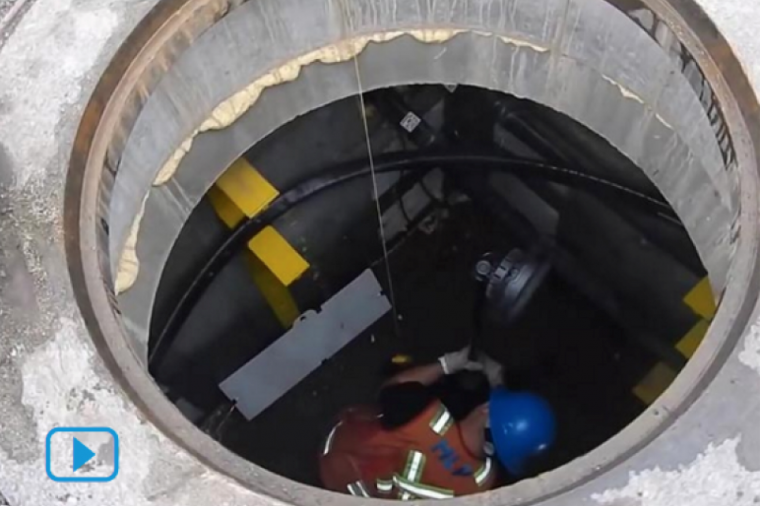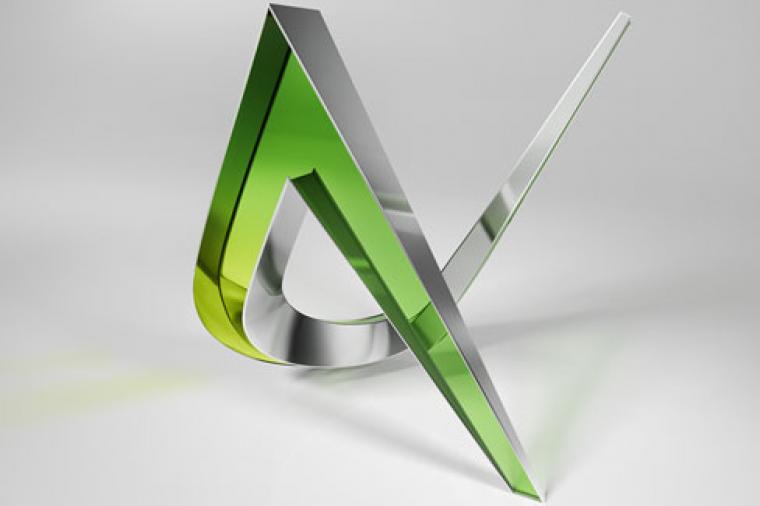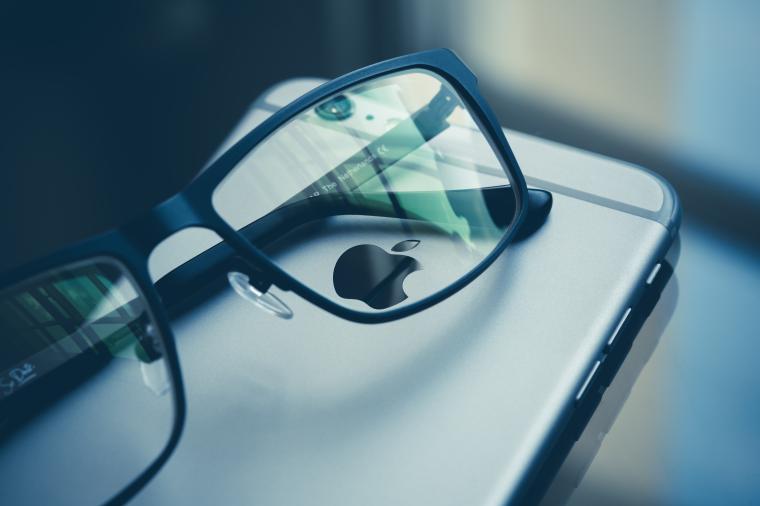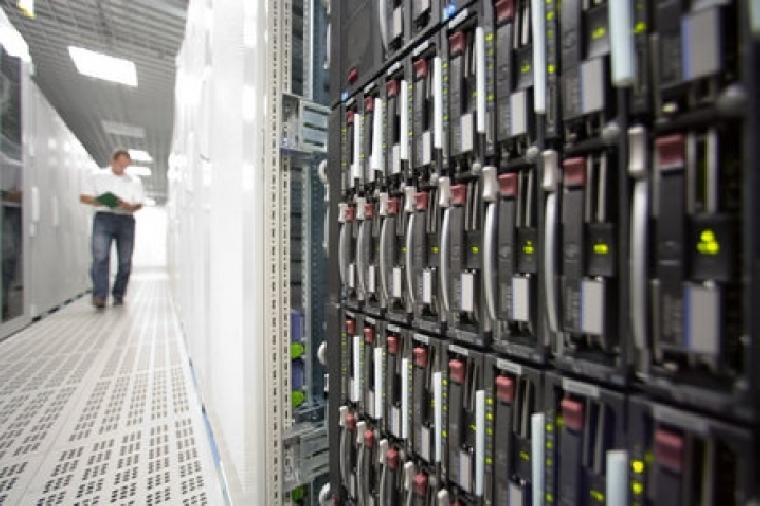This is part three in a four part blog series Oracle Open World (OOW) Recap. To view part two, visit Oracle Open World Recap – Part II
Similar to the Keynote on Sunday, Larry entered the stage and began his presentation to highlights of his America’s Cup victory. Still beaming over the victory, Larry graciously introduced members of the America’s Cup team that were in attendance and asked that they stand, as they stood and took a bow they received a much deserved round of applause and cheers.
The stage was designed in the traditional
Oracle two screen set -up and bathed Larry in a warm reddish hue. Larry wore his trademark dark suit and turtleneck and limited his bombastic and condescending comments to Marc Benioff of Salesforce.com. Surprisingly, he only made one self-effacing or arrogant comment, depending on your perspective, when he called Bugatti his favorite commuter car. Not sure how many of us commute to work in a Bugatti so I don’t know how to interpret that comment so I will leave the interpretation up to the readers so that they can draw their own conclusion.
Luckily the perfunctory introduction was short lived and Larry proceeded into the core of the presentation where he made the exclamatory statement: “We (Oracle) have introduced more technology and more innovation this week than we have in any other period in our history.” That statement surprised me until I saw the list of topics to be discussed then I understood why this presentation was entitled: “Rocking the Tech World.” On the main screen overlooking the stage Larry listed eight of Oracle’s top technological innovations that will spearhead Oracle’s continued growth over the next 4-5 years.
Larry indicated that these innovations were the result of spending 4B per annum on R&D and that Oracle will continue to spend this amount in the future. Oracle’s strategy is to take separate pieces of technology that their customers used to buy as individual components and integrate those components into a pre-integrated solution that combines Hardware (“HW”) and Software (“SW”) so that it is engineered to work together. This was the theme of the night and it was repeated ad nauseam throughout the evening.
Moving forward Oracle customers will purchase less individual components and more integrated suites of products. This concept was applied to all layers of the Technology Stack. Oracle believes, or at least Larry believes, that by engineering the HW & SW to work together that you can enhance the overall user experience and get a much better overall system: more reliable, faster, more secure, and easier to install and use. In addition, the TCO of this approach is a lot lower than traditional methodologies. Oracle by integrating the HW & SW to work together will save customers time and money over the course of the solution life cycle. Larry credited his good friend and CEO of Apple, Steve Jobs, for perfecting this concept. If you look at the success of Apple’s devices the HW, OS, and presentation layer, are all engineered to work as one unit/device. This approach was started with the Mac Book and has been extended to every Apple product since then including the iPhone. Oracle’s goal moving forward is to replicate Apple’s approach and hopefully their success.
To accomplish this Larry specifically targeted the aforementioned products as the precursors for this new approach. The most attention was given to Exadata, Exalogic, and Fusion Applications, so we will save that discussion for part IV of the Oracle Open World Recap.
Solaris 11: Next Generation of World’s #1 UNIX platform
Solaris 11 – Larry simply stated: “the best enterprise class Unix OS on the planet earth. The highest quality, the most feature rich, the most reliable, the fastest Unix on the planet.” Nothing more can really be said after that laudatory praise except okayyyy!
SPARC: New Generation of High Performance Chips
SPARC Microprocessors – For customers who are invested in SPARC, Oracle’s goal is to offer you more
performance, and more throughput, through more cores at a lower TpmC per Watt [# of transactions we can do while consuming the least amount of energy]. Oracle’s SPARC Microprocessor will consume the least amount of energy per amount done of any microprocessor on the market. This equates to a lower TCO for users; they can now get higher performance with few servers using less power (energy).
JAVA Roadmap: Vector Graphics 2D & 3D
Vector graphics. Graphics called by software built into Java. Currently enables 2D support with the future for 3d graphics coming shortly. Designed to coexist with the next generation of UIs which we think will be a combination of HTML5 and Java. Java is designed to coexist with HTML5 and deliver a high quality graphical user experience from the point of view of Java on devices.
My SQL 5.5
Larry correctly acknowledged that that there has been some trepidation in the market place regarding the continued viability of MySQL. He clearly stated that Oracle does not foresee MySQL being discontinued in the future. He does, however, see some flaws in the fundamental foundation of the business. Consequently, there has been some increased spending and investment in MySQL to make it a more profitable business unit.
Oracle Linux: Unbreakable Enterprise Kernel
Oracle will continue its support of the Linux platform and pledged 100%
Red Hat compatibility. All applications developed on the Linux platform will run on Oracle’s version of Linux unchanged from Red Hat with a very high level of support and with fewer incidents of bugs. Oracle currently has 5k customers running Oracle Unbreakable Linux and will continue to support them.
Although, Oracle is “committed to supporting the Red Hat Linux community” and they will continue to support Red Hat, the problem with Red Hat from Oracle’s perspective is that Red Hat has an outdated kernel and it isn’t equipped to run high performance machines like
Exalogic or
Exadata. Moreover, Larry stated: “There are issues with us maintaining 100 percent compatibility with Red Hat Linux.” He maintained that “Red Hat’s technology is four years behind the industry and that Red Hat is slow to incorporate bug fixes and enhancements from Oracle and the rest of the Linux community.” Therefore Oracle will now offer customers two versions of Oracle Linux with two (2) types of kernels depending on your computing needs:
- Linux with Red Hat Compatible Kernel -- Linux Kernel for Red Hat compatible applications. Oracle’s kernel is much faster than Red Hat’s Kernel so it runs faster, uses less energy, and requires less machines, which all equals less cost to the customer. And
- Oracle Unbreakable Enterprise Kernel – Oracle’s enterprise level Linux Kernel for top performance and reliability. This kernel is optimized for running Oracle Exadata/Exalogic and delivers much more reliability and much more security than other platforms. This kernel is the preferred OS for Exadata and Exalogic. It’s faster, more reliable, and more secure.
Below is a chart that depicts the difference in performance when running Oracle on the two platforms.
| Benchmark |
Red Hat compatible Kernel |
Unbreakable Enterprise Kernel |
Gain |
| 8kb flash cache reads (OPS) |
197 thousand |
1 million |
5x |
| Solid State Disk access |
4 GB/second |
9.5GB/Second |
2.4x |
| Infiniband RDS messages single card (IOPS) |
89 thousand |
273 thousand |
3x |
| 8 socket DB OLTP (transactions per minute) |
1.8 million |
3.2 million |
1.8x |



